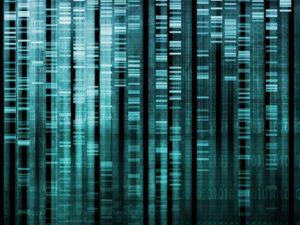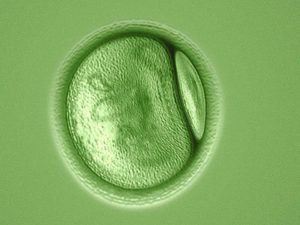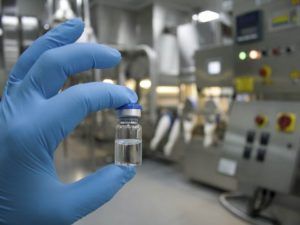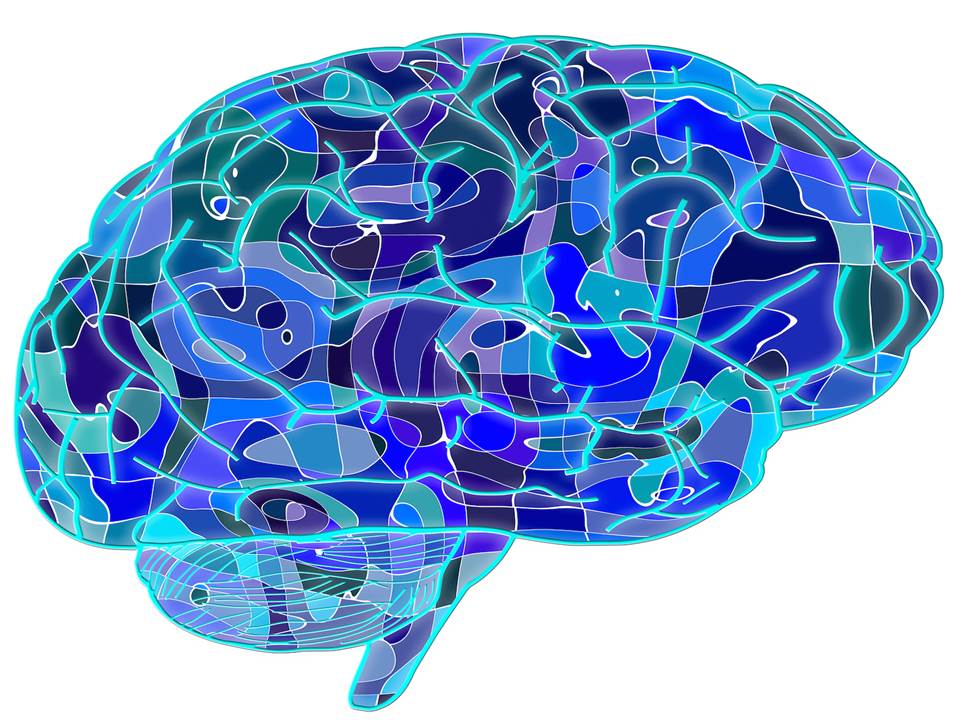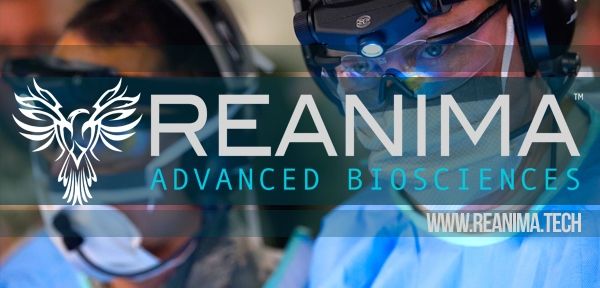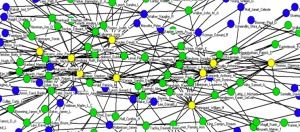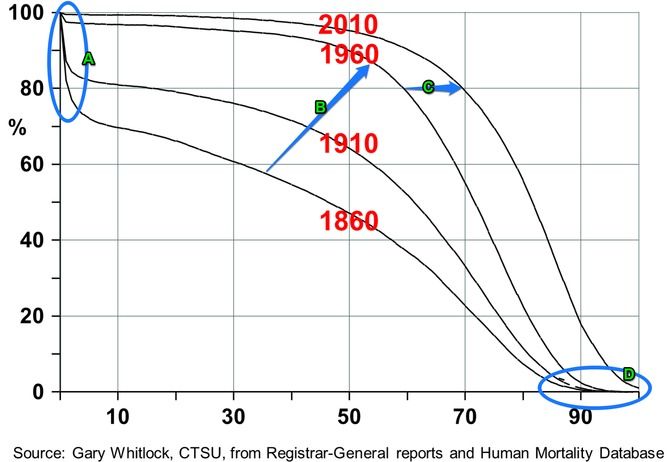As leaders of calorie restriction research and practice, Meredith Averill and I often participate in media events. A recent news conference covered rapidly evolving aspects of calorie restriction research that anyone could benefit from, whether they choose to follow a low-calorie lifestyle or not. Therefore, we thought it appropriate to share the details of the event with the Lifeboat Foundation audience.
The conference was hosted by the American Federation of Aging Research (AFAR). AFAR is a forward-looking organization that provides financial support for early- and mid-career scientists who are developing careers in the study of aging.
This conference, entitled “You are What you Don’t Eat!” presented two world-famous CR scientists, Drs. Luigi Fontana and Donald Ingram. After an introduction from AFAR’s board member, Dr. Jack Watters, both scientists shared many profound insights that could extend healthy lifespan for millions of people.
Dr. Fontana first reminded us how important calorie restriction research is for the health and financial viability of the health care system: “Cardiovascular disease (CVD), cancer, stroke and diabetes account for nearly 70% of the deaths in the United States and Europe. About 80% of adults over 65 years of age have at least one chronic disease, and 50% have two or more of these chronic diseases that accelerate the aging process1 .” The point he makes is that health care systems, especially with our rapidly aging population cannot sustain this large number of people with disease.
Meanwhile, his CR studies – many done in conjunction with the CR Society Intl. – show that those following a serious CR diet exhibit less risk of cardiovascular disease, cancer, stroke, and diabetes – all chronic diseases that people in Western societies are so prone to. Drawing parallels with animal studies, Fontana points out that CR mice are found to live much longer and in better health. When they die, autopsies show no sign of a chronic condition. Dr. Fontana says the same is possible for people. He hailed the healthiest old people as “escapers:” people who live to 100 and contract no chronic disease.
Against that backdrop, Dr. Fontana explained that his human CR studies have looked carefully at various markers in human calorie restrictors – T3, IGF-I, insulin, glucose, correlating them to successful CR, established in animal studies. This has given him a battery of indicators that can used by anyone to judge the effectiveness of a CR regimen. These are the core of the CR Way biomarkers that we recommend for testing and tracking by anyone following a CR diet. Fontana’s presentation underlines the reality that living free of chronic disease is attainable for humans.
Dr. Ingram presented valuable research results. He discussed many aspects of his productive CR research career, including his search for a CR mimetic. He has looked at some well known candidates such at Metformin (producing no difference in life span extension in his studies), 2 d-oxyglucose, (proving to be unusable because of dangerous side effects in the heart). And a promising possibility: avocado-derived mannoheptulose. Highly recommended by The CR Way, avocados have a profound glucose/insulin-lowering effect, according to Dr. Ingram. He attributes this to mannoheptulose, a sugar that’s rare in the human diet and that reduces glycolysis via hexokinase inhibition.
Bioavailability of avocado-derived mannoheptulose in dogs
Gary Davenport1, Stefan Massimino1, Michael Hayek1, Michael Ceddia1, John Burr1, Chyon-Hwa Yeh1, Lijuan Li1, George Roth2 and Donald Ingram3
1 Procter & Gamble, Lewisburg, OH
2 Geroscience, Pylesville, MD
3 Pennington Biomedical Research Center, Baton Rouge, LA
The FASEB Journal: The Journal of the Federation of the Societies for Experimental Biology, now on their Web site: http://www.fasebj.org/cgi/content/meeting_abstract/24/1_MeetingAbstracts/725.3, accessed April 1, 2011
Mannoheptulose (MH) is a 7-carbon sugar found in avocados and other natural sources that acts to reduce glycolysis via hexokinase inhibition. It has been proposed as a calorie restriction (CR) mimetic that delivers anti-aging and health-promoting benefits of CR without reducing food intake. Three studies were conducted to evaluate MH bioavailability when fed to dogs as an avocado extract (AvX) based on MH levels in urine (Study 1) and plasma (Study 2 & 3). In Study 1, Labrador Retrievers (LR; n=15) and Fox Terriers (n=15) were fed AvX-containing diets formulated to deliver 0, 2 or 5 mg MH/kg BW. All dogs were subjected to 24-hour quantitative urine collections. A dose-dependent increase (p<0.05) in urinary MH occurred with increasing dietary MH. In Study 2, LR (n=6) were fed AvX-containing diets once daily to deliver 0, 1 or 2 mg MH/kg BW. Sequential blood samples were collected before and after feeding through 12 hr and at 24-hr post-feeding. Plasma MH increased (P<0.05) with both MH diets compared to control. Peak MH occurred 6–8 hr post-feeding and returned to non-detectable levels by 24 hr. In Study 3, similar MH results were observed for LR (n=10) fed AvX-containing diets twice daily to provide 0 or 2 mg MH/kg BW. Peak MH occurred within 2–4 hr of MH consumption and returned to non-detectable levels by 24 hr.
Mannoheptulose, fed as an avocado extract, is biologically available in dogs based on its appearance in plasma and urine.
Dr. Ingram shared some additional successful research2 on the neuroprotective effects of blueberries. He and his colleagues found that mice that were injected with a blueberry extract were protected against neurodegeneration induced by a toxic substance.
The growing interest in phytonutrients for health and longevity was reinforced by Dr. Fontana, who reported a current experiment gauging the effects of a cocktail of polyphenol extracts.
_______________
On behalf of everyone interested in longevity, we asked the scientists to tell us where they think the next important areas of their research should be. Dr. Fontana wants to turn his attention to CR and cancer, noting that many unknowns continue to make preventing cancer’s occurrence – even predicting its likelihood – difficult. He reminded us that “cancer is the second leading cause of death in many developed countries,” accounting for approximately one-fourth of all deaths. Among women, aged 40 to 79, and among men aged, 60 to 79, cancer is the leading cause of death in the U.S. The lifetime probability of developing cancer is 46% for men and 38% for women2 . Furthermore, many of the processes of cancer mirror processes of aging, so this research will do double duty.
Dr. Fontana believes that by looking at CR, which has been shown to reduce cancer incidence and rate of metastasis in animal and human studies3, better ways will be found to predict the likelihood of cancer as well as to prevent it.
This line of study will also help determine potential aging markers, a recurring theme for both presenters. Dr. Ingram declared in his answer to our question: Rate-of- aging markers need to be established and validated. Future projects need to focus on this work. Further, he called on the gerontological community to work hard on building consensus on these biomarkers, so that they can be used by researchers, healthcare professionals, and longevists.
We are heartened to know that forward-thinking organizations like AFAR are facilitating the work of talented scientists who will likely make it possible ultimately for all to live in good health longer.
The hope of the CR Society Intl. and The CR Way is that the work of these scientists will be fully appreciated and that government and other funders will respond with the support that is needed to pursue research that helps us all live longer, disease-free lives and ultimately makes a big difference in the financial viability of health care.
Thanks to the Lifeboat Foundation for inviting me to share this information.
Paul McGlothin,
Vice President Research, The CR Society International
Co-author, The CR Way
Executive Director, The CR Way Longevity Center
[email protected]
___________
1 Modulating Human Aging and Age-Associated Diseases
Luigi Fontana, M.D., Ph.D.
Biochimica Biophysica Acta. 2009 Oct;1790(10):1133–8. Epub 2009 Feb 10.
Population aging is progressing rapidly in many industrialized countries. The United States population aged 65 and over is expected to double in size within the next 25 years. In sedentary people eating Western diets aging is associated with the development of serious chronic diseases, including type 2 diabetes mellitus, cancer and cardiovascular diseases. About 80 percent of adults over 65 years of age have at least one chronic disease, and 50 percent have at least two chronic diseases. These chronic diseases are the most important cause of illness and mortality burden, and they have become the leading driver of health care costs, constituting an important burden for our society.
Data from epidemiological studies and clinical trials indicate that many age-associated chronic diseases can be prevented, and even reversed, with the implementation of healthy lifestyle interventions. Several recent studies suggest that more drastic interventions (i.e. calorie restriction without malnutrition and moderate protein restriction with adequate nutrition) may have additional beneficial effects on several metabolic and hormonal factors that are implicated in the biology of aging itself. Additional studies are needed to understand the complex interactions of factors that regulate aging and age-associated chronic disease.
PMID: 19364477
2A blueberry-enriched diet provides cellular protection against oxidative stress and reduces a kainate-induced learning impairment in rats.
Duffy KB, Spangler EL, Devan BD, Guo Z, Bowker JL, Janas AM, Hagepanos A, Minor RK, DeCabo R, Mouton PR, Shukitt-Hale B, Joseph JA, Ingram DK.
Laboratory of Experimental Gerontology, Intramural Research Program, National Institute on Aging, National Institutes of Health, 5600 Nathan Shock Drive, Baltimore, MD 21224, USA.
Neurobiology of Aging. 2008 Nov;29(11):1680–9. Epub 2007 May 23.
Young male Fischer-344 rats were fed a diet containing 2% blueberry (BB) extract or control diet for at least 8 weeks and then received bilateral hippocampal injections of kainic acid (KA 200 ng/0.5 microl) or phosphate buffered saline (PBS). One week later rats were trained in one-way active footshock avoidance in a straight runway followed the next day by training in a footshock motivated 14-unit T-maze with documented sensitivity to hippocampal glutamatergic manipulations. Based on analyses of several performance variables, KA-treated rats exhibited clearly impaired learning performance; however, the BB diet significantly reduced this impairment. Supporting the behavioral findings, stereological assessment of CA1 pyramidal neurons documented greater neuronal loss in KA-treated controls compared to KA-treated rats on the BB diet.
In an in vitro experiment, FaO cells grown in medium supplemented with serum from BB-fed rats had enhanced viability after exposure to hydrogen peroxide. These findings suggest that BB supplementation may protect against neurodegeneration and cognitive impairment mediated by excitotoxicity and oxidative stress.
3 Calories and carcinogenesis: lessons learned from 30 years of calorie restriction research.
Hursting SD, Smith SM, Lashinger LM, Harvey AE, Perkins SN.
Carcinogenesis. 2010 Jan;31(1):83–9. Epub 2009 Dec 7.
Calorie restriction (CR) is arguably the most potent, broadly acting dietary regimen for suppressing the carcinogenesis process, and many of the key studies in this field have been published in Carcinogenesis. Translation of the knowledge gained from CR research in animal models to cancer prevention strategies in humans is urgently needed given the worldwide obesity epidemic and the established link between obesity and increased risk of many cancers.
PMID: 19969554
# # #
